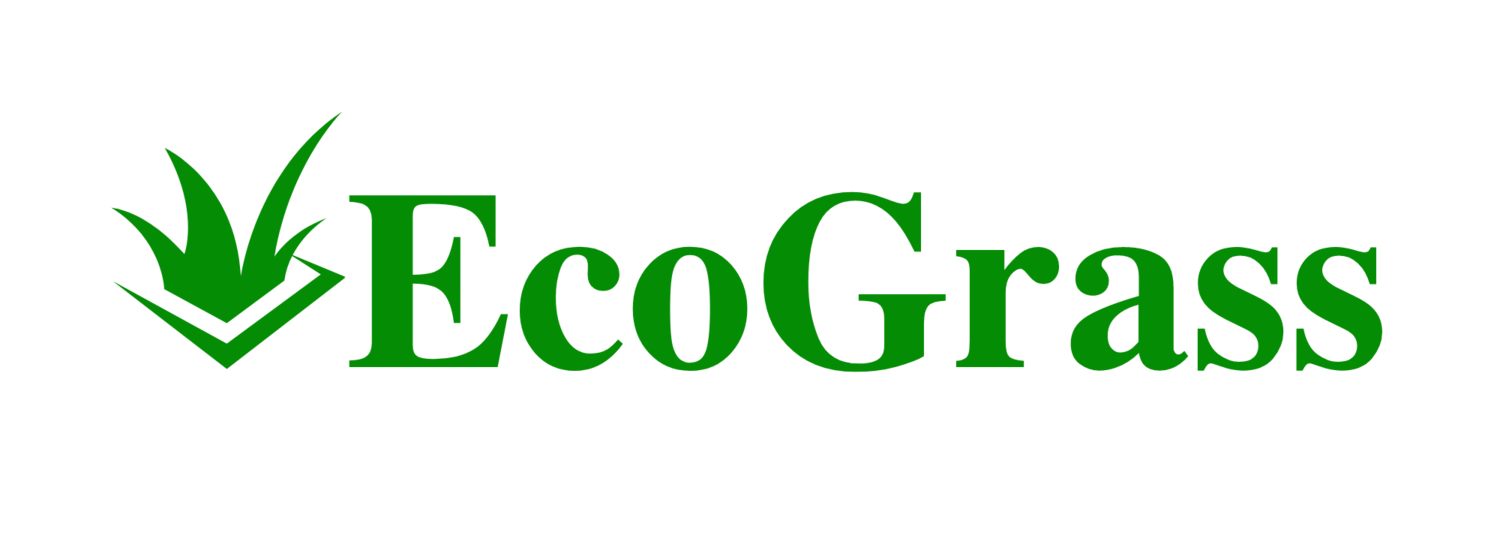Anchoring turf is crucial for maintaining a stable, attractive artificial lawn. Whether you're installing a swing set or securing the edges of your artificial grass, proper anchoring techniques ensure longevity and safety.
To insert an anchor or stake into turf, locate the area where you'll install it, then gently spread the turf blades to expose the backing. Cut a small X in the backing, being careful not to damage the visible grass blades. This creates an opening for your anchor or stake.
For swing sets, insert the anchor at a 45-degree angle through the cut X. Hammer stakes carefully into place or use a power drill for twist-in anchors. Stop when the eyelet reaches the turf backing. By following these steps, you'll achieve a secure installation that keeps your artificial grass looking pristine and well-anchored.
Understanding Turf Anchoring Essentials
Proper anchoring is crucial for ensuring the stability and longevity of your artificial turf installation. Choosing the right anchoring method and tools will help secure your turf firmly in place.
Types of Turf and Anchoring Systems
Artificial grass comes in various types, each requiring specific anchoring techniques. For installations over soil, landscape stakes or U-pins work well to secure the turf. On concrete or wood surfaces, adhesives and perimeter fastening are more suitable.
Synthetic turf with a backing material often allows for stapling or nailing along the edges. For larger areas, a combination of methods may be necessary. Sand infill adds weight and stability to the turf, helping it stay in place.
Ground anchors are ideal for high-traffic areas or regions with strong winds. These screw into the base material, providing a sturdy attachment point for the turf.
Selecting the Right Tools and Materials
To properly anchor your turf, you'll need the appropriate tools and materials. For soil installations, a hammer is essential for driving stakes. A power drill comes in handy for concrete anchors or twist-in soil anchors.
Choose rust-resistant materials to ensure long-lasting stability. Galvanized steel stakes and stainless steel screws are excellent options. For adhesive applications, select a turf-specific glue that can withstand outdoor conditions.
When working with concrete, a masonry bit for your drill is necessary. Plastic anchors and concrete screws provide a secure hold. For wood bases, deck screws or galvanized nails work well.
Always match your anchoring system to your base material and turf type for the best results. Proper tool selection ensures a smoother installation process and a more secure final product.
Step-by-Step Anchoring Procedure
Properly anchoring stakes or anchors into turf requires careful preparation and execution. Follow these steps to ensure a secure installation that will stand up to use over time.
Preparing the Installation Area
Identify the exact locations where you'll insert anchors or stakes. Gently spread the turf blades apart to expose the backing material underneath. Look for areas between the rows of artificial grass blades to minimize damage. Clean the area of any debris or loose infill material.
Mark the insertion points with small flags or chalk. If working on artificial turf, use a utility knife to carefully cut small X-shaped slits in the backing at each anchor point. For natural grass, use a soil probe to check for underground obstacles like irrigation lines or roots.
Gather your tools: anchors/stakes, a hammer or mallet, safety glasses, and work gloves. If using screw-in anchors, you'll also need a power drill or wrench.
Anchoring Techniques for Different Turf Types
For artificial turf, insert anchors at a 45-degree angle through the X-cuts you made earlier. Use a hammer to carefully drive spike-style anchors, or a drill to insert screw-type anchors. Stop when the anchor head is flush with the turf backing.
On natural grass, drive anchors straight down or at a slight angle. Use a sledgehammer for larger anchors. In sandy soil, consider using longer anchors or adding concrete footings for extra stability.
For playground equipment on synthetic turf, use heavy-duty anchors designed specifically for high-stress applications. These often feature wider flanges or multiple attachment points.
Ensuring Safety and Stability
Test each anchor by applying firm pressure in multiple directions. It should not move or pull out easily. For swing sets or play equipment, attach chains or straps from the anchor to the equipment frame.
Check that no sharp edges are exposed above the turf surface. Cover any protruding anchor heads with rubber caps or infill material to prevent trips and injuries.
Inspect the turf around each anchor point. Gently brush artificial grass fibers back into place to conceal the installation. For natural grass, tamp down any disturbed soil and reseed if necessary.
Final Touches and Maintenance Tips
Water the area around natural grass anchors to help settle the soil. For artificial turf, add a small amount of infill material around each anchor to further secure it and maintain a level surface.
Regularly inspect your anchors, especially after severe weather or heavy use. Tighten any loose fittings and replace damaged anchors promptly. Brush artificial turf fibers periodically to prevent matting around anchor points.
For removable anchors, apply a small amount of lubricant to the threads before storage to prevent rust. When not in use, cover anchor holes in artificial turf with plugs to keep out debris and maintain appearance.










